The 10 Largest Rainforests in the World
Rainforests are some of the precious places on Earth from an ecological standpoint. These areas are densely populated with unique creatures, adding to the biodiversity of our world. Rainforests also play an important role as carbon sinks. Unfortunately, they’re currently under assault as countries seek to make more room for farming and industry. Take a look at the 10 largest rainforests in the world and see how they positively impact life on this planet and currently face severe threats.
What is a Rainforest?
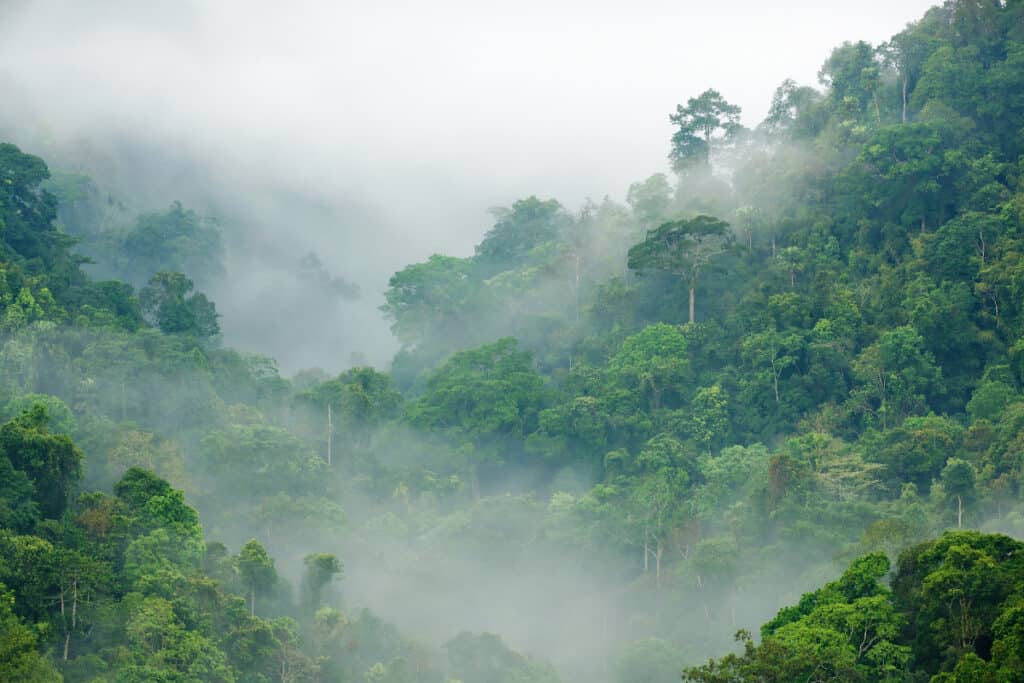
Stephane Bidouze/Shutterstock.com
Rainforests are an ecosystem that possesses enclosed canopies, a large amount of rainfall (1850 mm or more), and dense tree growth. They are typically located near the equator or in the Southern Hemisphere. Generally speaking, rainforests come in different varieties: tropical and temperate.
- Tropical rainforests are near the equator; they tend to be hotter and wetter as it rains all year round.
- Temperate rainforests are either further north or south of the equator, and they tend to be cooler than tropical rainforests overall.
How We Measure the Largest Rainforests in the World

iStock.com/Petmal
What do we mean by the largest rainforest? Is it the one with the largest trees, most species, or something else? For our purposes, the largest rainforest is the one that takes up the greatest area. Now that you know how we’re measuring the largest rainforests in the world, we can start ranking them.
The 10 Largest Rainforests in the World
The difference between the 10th largest rainforest and the largest rainforest is 1,000-fold! That is to say, the largest rainforest is more than 1,000 times bigger than the first entry on our list. Let’s begin counting down the largest 10 largest rainforests in the world!
10. Westland Temperate Rainforests- 1,983 Square Miles
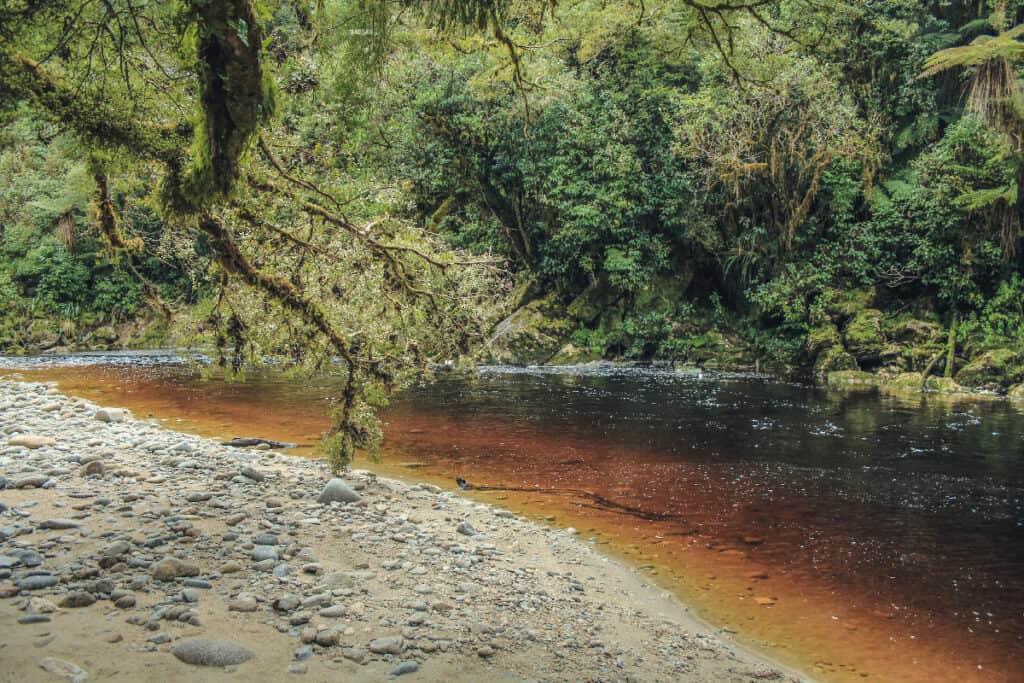
Joppi/Shutterstock.com
The Westland Temperate Rainforests are located in New Zealand, and they received about 3,000 millimeters of precipitation each year. As the name suggests, this is a temperate rainforest that has a wide variety of birds for which the area is famous. Conversation efforts have been put into place to help keep this area safe from burning and deforestation. The Westland National Park section of the forest is known for recreational uses, including tours.
9. Bosawás Biosphere Reserve- 4,000 Square Miles
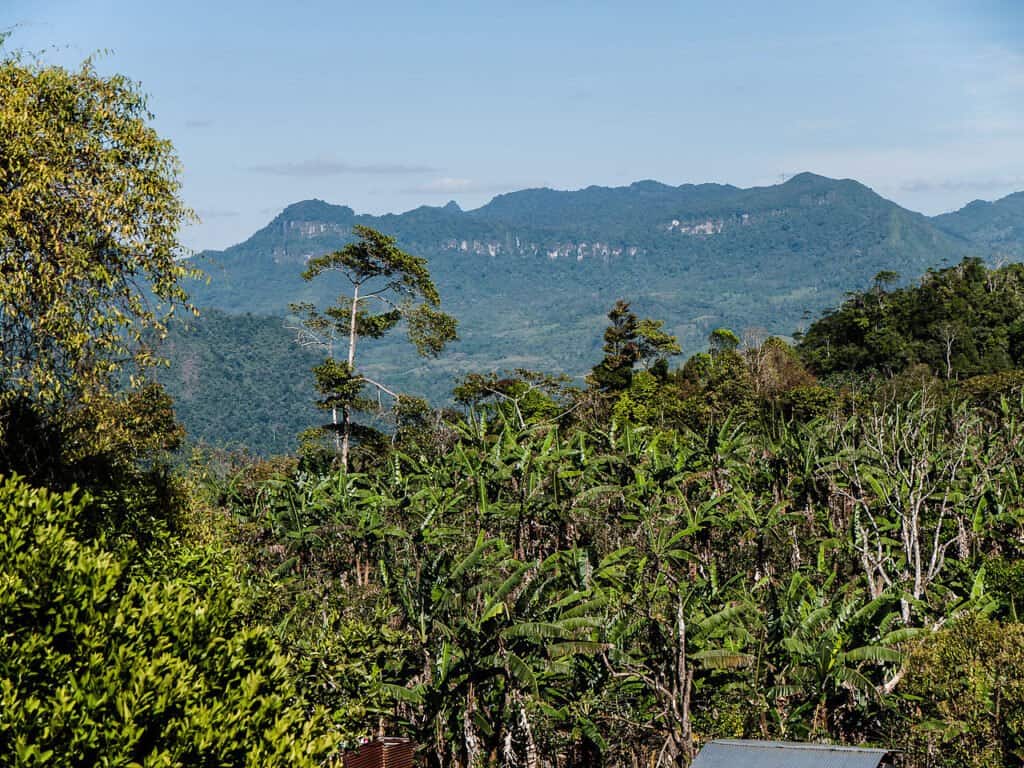
Rebecca Ore / Creative Commons – License
Located in Nicaragua, the Bosawás Biosphere Reserve takes up a significant portion of the country’s total land space, roughly 5%. Although the entire biosphere takes up over 7,000 square miles, the forested area includes about 4,000 square miles. This rainforest is famous for its various species of insects, venomous snakes, jaguars, and more. This is certainly a tropical rainforest, but it’s also one in danger of being cleared for farming purposes.
8. Tropical Rainforest Heritage of Sumatra- 9,655 Square Miles
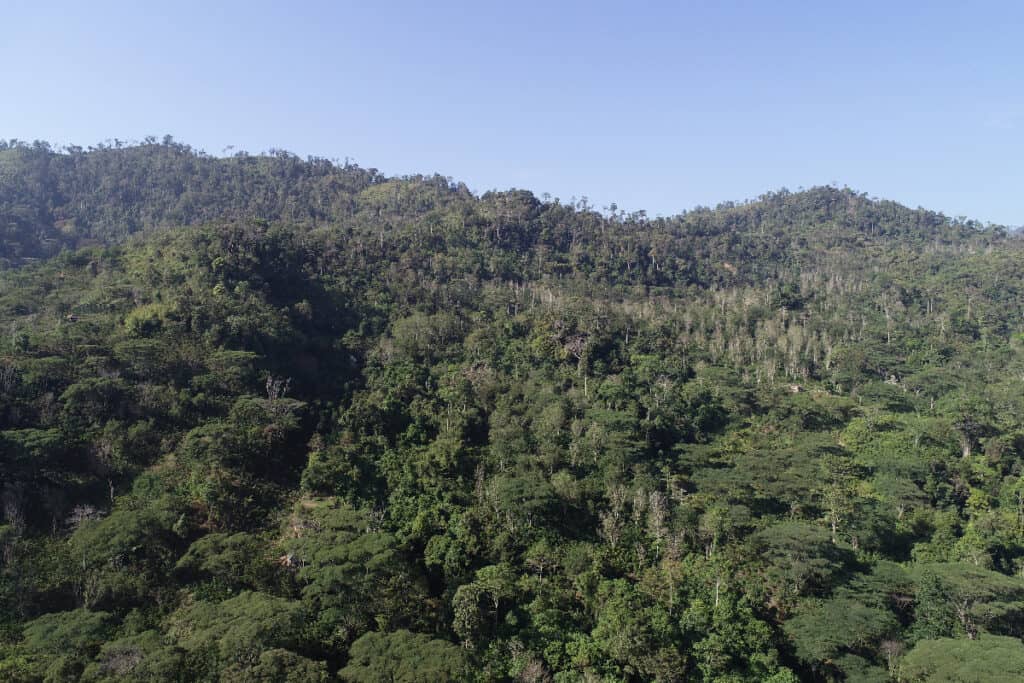
taufankharis/Shutterstock.com
The Tropical Rainforest Heritage of Sumatra is actually three national parks in one area. These lands have been home to orangutans, tigers, elephants, and other wild creatures that are slowly disappearing. Illegal logging and agriculture have reduced the rainforests in this country by half over the last three decades.
7. Pacific Temperate Rainforests- 23,000 Square Miles
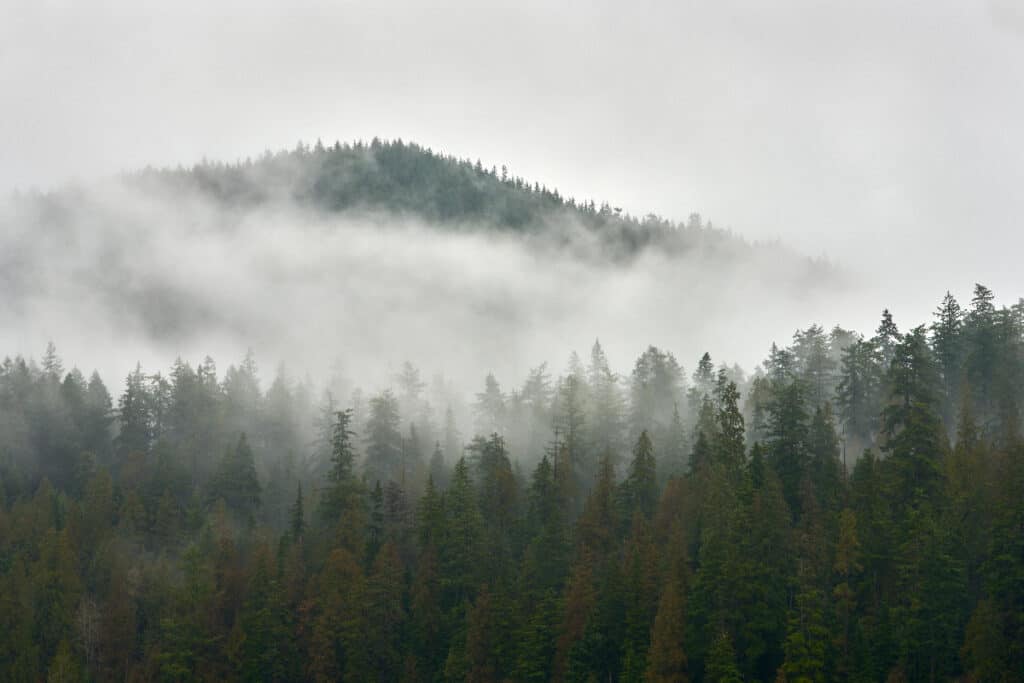
Max Lindenthaler/Shutterstock.com
The Pacific Temperate Rainforests stretch down the coast from Alaska, through Canada, and to northern California. However, these rainforests are not very wide, so they aren’t very large. This temperate rainforest can get upwards of 300 centimeters of rain throughout a given year. This rainforest isn’t known for its incredible biodiversity, but it does have plenty of bears and interesting national parks.
6. Eastern Australia Temperate Rainforest 85,753 Square Miles
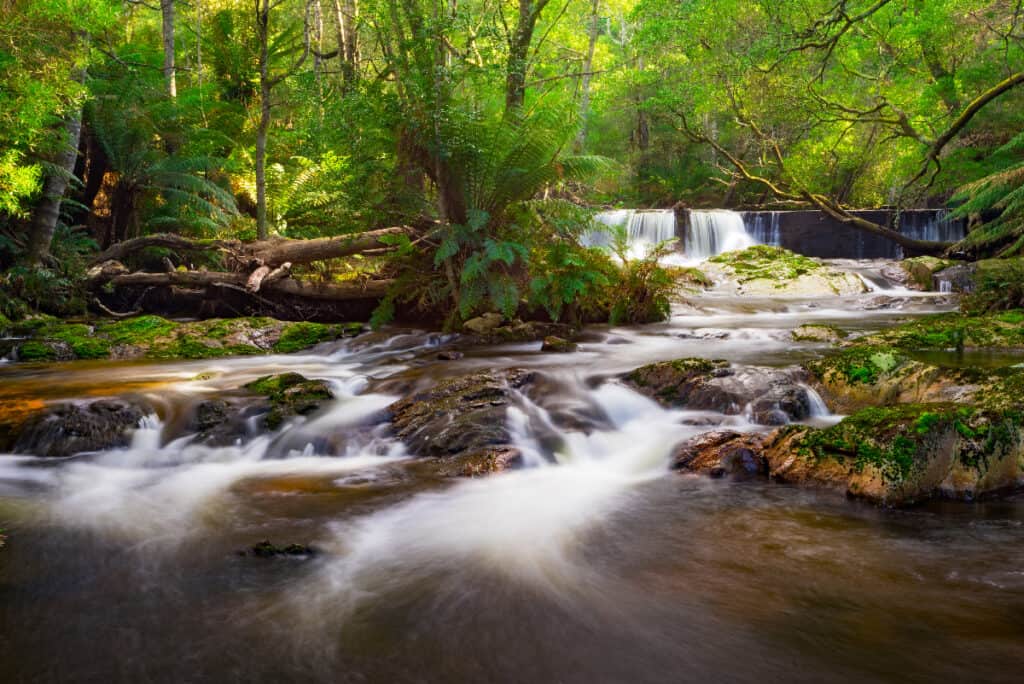
bmphotographer/Shutterstock.com
The Eastern Australia Temperate Rainforest is known for being a place where eucalyptus grows in abundance. Of course, it’s also an interesting area given that it’s so far south of the equator and is on the same island as one of the world’s largest deserts. Unfortunately, these forests are facing a great threat in the form of wildfires that have ravaged the area in recent years. Combined with clearing efforts and pollution it’s possible that these rainforests could vanish in the coming years.
5. Valdivian Temperate Rainforest 95,800 Square Miles
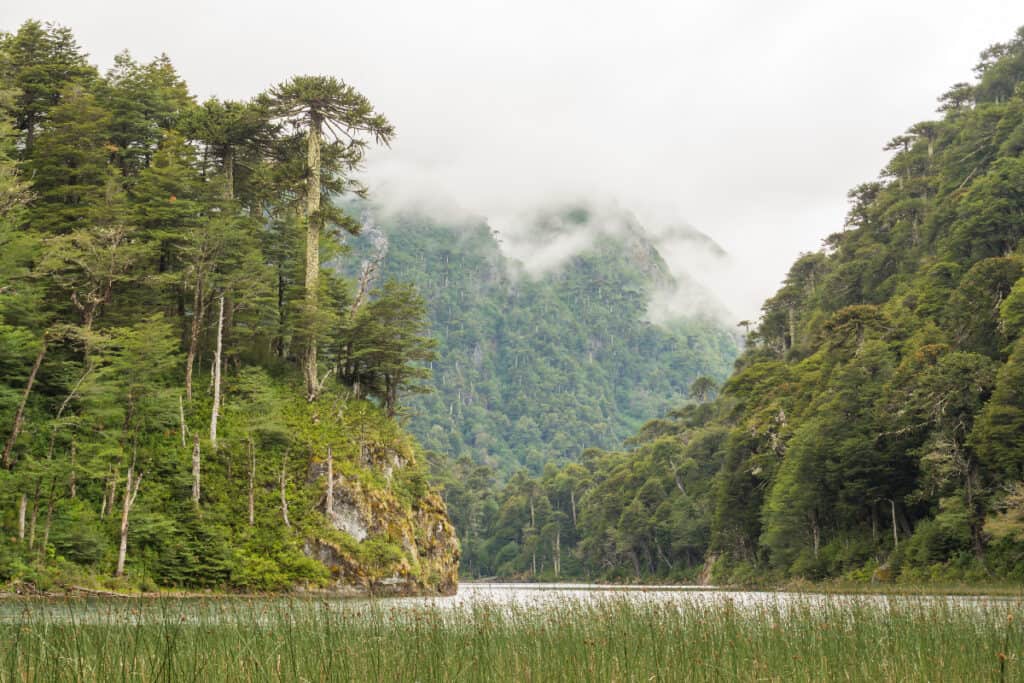
iStock.com/Agustina Camilion
Located in Chile, this rainforest is one of the most underappreciated ecosystems, mostly due to its proximity to the Amazon. The rainforest is famous for huge trees like the giant cypress tree. The rainforest here is temperate, and it is home to a variety of threatened mammals like the southern Pudu, the world’s smallest deer. Massive conservation efforts are underway to protect this land from human-caused damages.
4. Borneo Lowland Rain Forests- 165,000 Square Miles
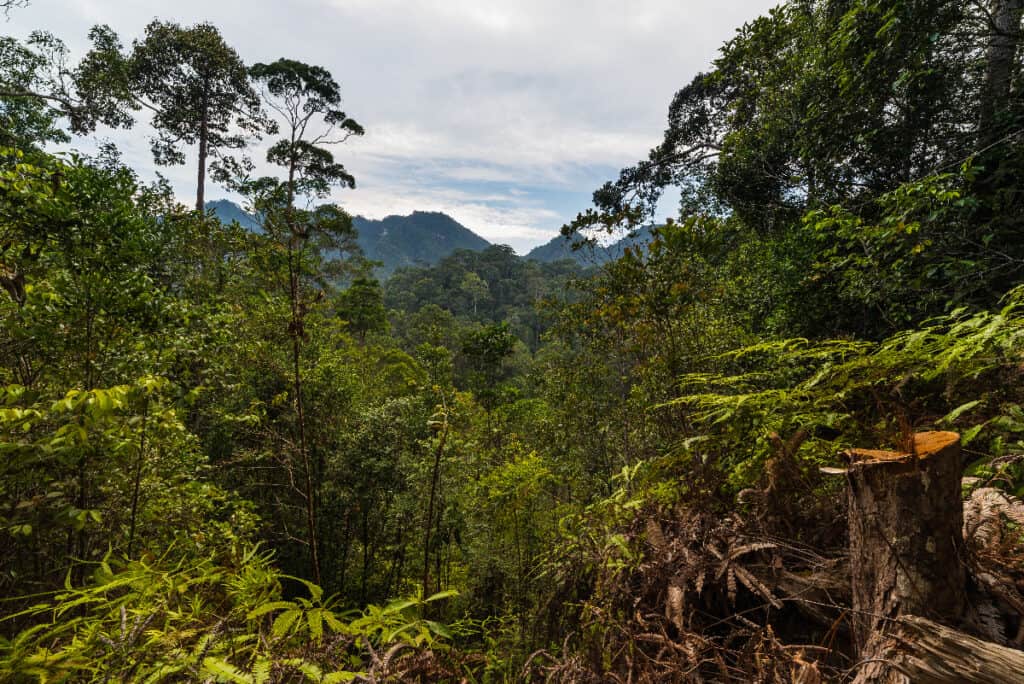
Fabio Lamanna/Shutterstock.com
These rainforests are considered some of the most ecologically rich rainforests in the entire world. They have over 10,000 species of plants and are home to some animals that are found nowhere else on earth. Unfortunately, this land is greatly endangered by ongoing rubber, timber, and palm oil industries. The deforestation of this area is rapidly accelerating.
3. New Guinea Rainforest- 303,000 Square Miles

Neil Bowman/Shutterstock.com
The total expanse of rainforest on this part of Indonesia and Papua New Guinea is simply vast even if it isn’t a single, continuous forest per se. Currently, it is believed that the rainforests here contain about 5-10 percent of the world’s biodiversity. Thus, greater conversation efforts must be undertaken in the future. Unfortunately, such efforts are not enough right now as development continues to increase in the forests.
2. Congo Rainforest- 780,000 Square Miles
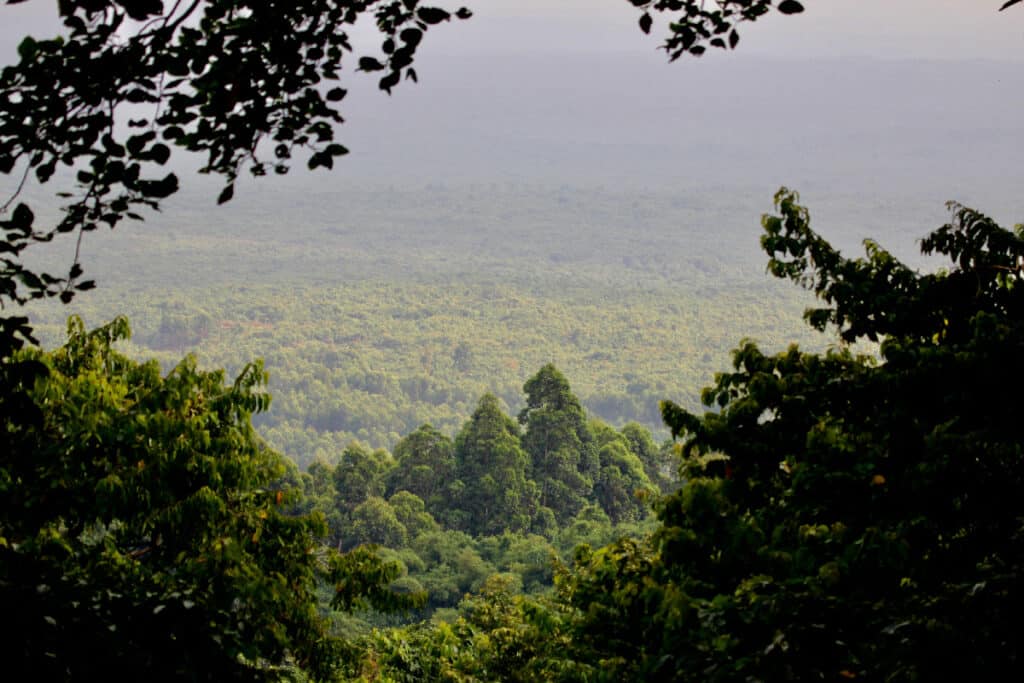
Kiki Dohmeier/Shutterstock.com
The Congo Rainforests stretch through the Democratic Republic of the Congo, the Republic of the Congo, Cameroon, and Gabon. These massive rainforests are tropical and represent about a quarter of all remaining rainforests in the world. This area of the world is immensely important in terms of biodiversity, and it is home to many types of animals like gorillas, chimps, and bonobos.
1. Amazon Rainforest- 2,123,561 Square Miles
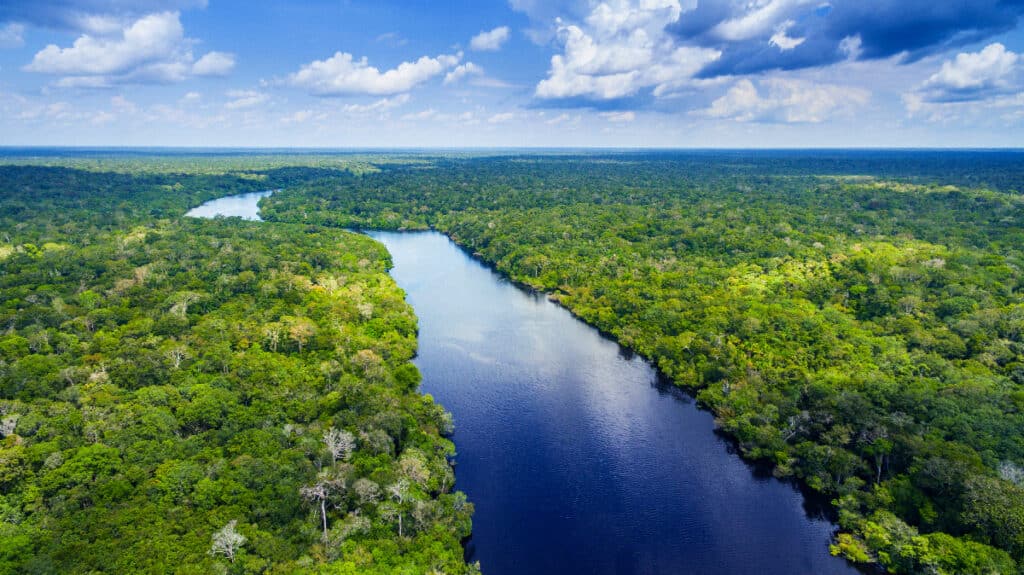
worldclassphoto/Shutterstock.com
The Amazon Rainforest is the largest rainforest and also one facing the greatest level of threat in the present. This rainforest stretches through 9 different countries, but most of it is contained in Brazil. This area still has large groups of indigenous people, including highly isolated groups. This is the most biodiverse rainforest in the world and it’s even diverse in terms of humanity. However, it is being threatened by wildfires and active deforestation.
What is the Largest Rainforest in the World?
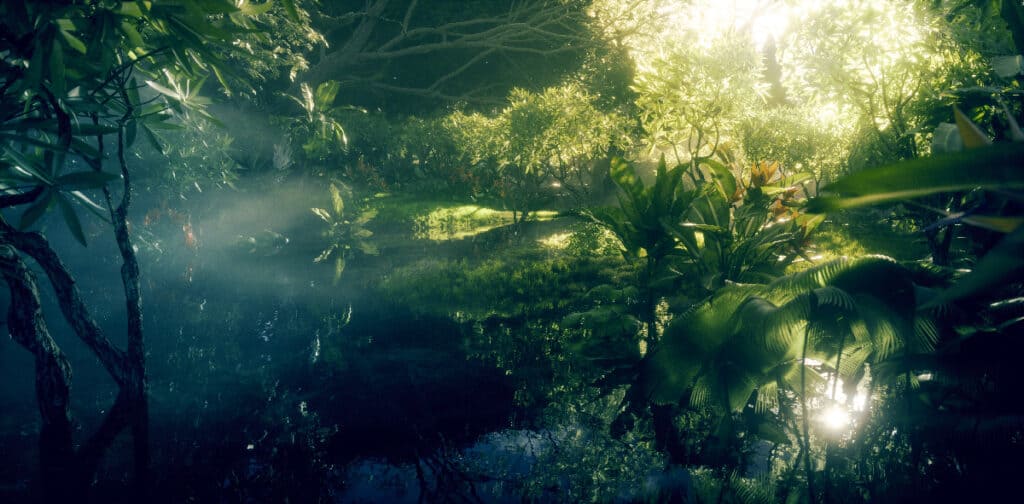
iStock.com/Petmal
The largest rainforest in the world is the Amazon Rainforest. This rainforest takes up over 2 million square miles of space and is home to a vast variety of unique species. Unfortunately, a lot of the Amazon Rainforest is being cleared away to make room for farms and housing. These incremental losses might seem small, but they have already added up to a lot of land.
Greater efforts and support must be given to preserving as much of this rainforest as possible. Active deforestation efforts combined with wildfires are devastating the areas. This will accelerate the loss of biodiversity as well as climate change.
More from A-Z Animals
Rainforests are some of the precious places on Earth from an ecological standpoint. These areas are densely populated with unique creatures, adding to the biodiversity of our world. Rainforests also play an important role as carbon sinks. Unfortunately, they’re currently under assault as countries seek to make more room for farming and industry. Take a look at the 10 largest rainforests in the world and see how they positively impact life on this planet and currently face severe threats.
What is a Rainforest?

Stephane Bidouze/Shutterstock.com
Rainforests are an ecosystem that possesses enclosed canopies, a large amount of rainfall (1850 mm or more), and dense tree growth. They are typically located near the equator or in the Southern Hemisphere. Generally speaking, rainforests come in different varieties: tropical and temperate.
- Tropical rainforests are near the equator; they tend to be hotter and wetter as it rains all year round.
- Temperate rainforests are either further north or south of the equator, and they tend to be cooler than tropical rainforests overall.
How We Measure the Largest Rainforests in the World

iStock.com/Petmal
What do we mean by the largest rainforest? Is it the one with the largest trees, most species, or something else? For our purposes, the largest rainforest is the one that takes up the greatest area. Now that you know how we’re measuring the largest rainforests in the world, we can start ranking them.
The 10 Largest Rainforests in the World
The difference between the 10th largest rainforest and the largest rainforest is 1,000-fold! That is to say, the largest rainforest is more than 1,000 times bigger than the first entry on our list. Let’s begin counting down the largest 10 largest rainforests in the world!
10. Westland Temperate Rainforests- 1,983 Square Miles

Joppi/Shutterstock.com
The Westland Temperate Rainforests are located in New Zealand, and they received about 3,000 millimeters of precipitation each year. As the name suggests, this is a temperate rainforest that has a wide variety of birds for which the area is famous. Conversation efforts have been put into place to help keep this area safe from burning and deforestation. The Westland National Park section of the forest is known for recreational uses, including tours.
9. Bosawás Biosphere Reserve- 4,000 Square Miles

Rebecca Ore / Creative Commons – License
Located in Nicaragua, the Bosawás Biosphere Reserve takes up a significant portion of the country’s total land space, roughly 5%. Although the entire biosphere takes up over 7,000 square miles, the forested area includes about 4,000 square miles. This rainforest is famous for its various species of insects, venomous snakes, jaguars, and more. This is certainly a tropical rainforest, but it’s also one in danger of being cleared for farming purposes.
8. Tropical Rainforest Heritage of Sumatra- 9,655 Square Miles

taufankharis/Shutterstock.com
The Tropical Rainforest Heritage of Sumatra is actually three national parks in one area. These lands have been home to orangutans, tigers, elephants, and other wild creatures that are slowly disappearing. Illegal logging and agriculture have reduced the rainforests in this country by half over the last three decades.
7. Pacific Temperate Rainforests- 23,000 Square Miles

Max Lindenthaler/Shutterstock.com
The Pacific Temperate Rainforests stretch down the coast from Alaska, through Canada, and to northern California. However, these rainforests are not very wide, so they aren’t very large. This temperate rainforest can get upwards of 300 centimeters of rain throughout a given year. This rainforest isn’t known for its incredible biodiversity, but it does have plenty of bears and interesting national parks.
6. Eastern Australia Temperate Rainforest 85,753 Square Miles

bmphotographer/Shutterstock.com
The Eastern Australia Temperate Rainforest is known for being a place where eucalyptus grows in abundance. Of course, it’s also an interesting area given that it’s so far south of the equator and is on the same island as one of the world’s largest deserts. Unfortunately, these forests are facing a great threat in the form of wildfires that have ravaged the area in recent years. Combined with clearing efforts and pollution it’s possible that these rainforests could vanish in the coming years.
5. Valdivian Temperate Rainforest 95,800 Square Miles

iStock.com/Agustina Camilion
Located in Chile, this rainforest is one of the most underappreciated ecosystems, mostly due to its proximity to the Amazon. The rainforest is famous for huge trees like the giant cypress tree. The rainforest here is temperate, and it is home to a variety of threatened mammals like the southern Pudu, the world’s smallest deer. Massive conservation efforts are underway to protect this land from human-caused damages.
4. Borneo Lowland Rain Forests- 165,000 Square Miles

Fabio Lamanna/Shutterstock.com
These rainforests are considered some of the most ecologically rich rainforests in the entire world. They have over 10,000 species of plants and are home to some animals that are found nowhere else on earth. Unfortunately, this land is greatly endangered by ongoing rubber, timber, and palm oil industries. The deforestation of this area is rapidly accelerating.
3. New Guinea Rainforest- 303,000 Square Miles

Neil Bowman/Shutterstock.com
The total expanse of rainforest on this part of Indonesia and Papua New Guinea is simply vast even if it isn’t a single, continuous forest per se. Currently, it is believed that the rainforests here contain about 5-10 percent of the world’s biodiversity. Thus, greater conversation efforts must be undertaken in the future. Unfortunately, such efforts are not enough right now as development continues to increase in the forests.
2. Congo Rainforest- 780,000 Square Miles

Kiki Dohmeier/Shutterstock.com
The Congo Rainforests stretch through the Democratic Republic of the Congo, the Republic of the Congo, Cameroon, and Gabon. These massive rainforests are tropical and represent about a quarter of all remaining rainforests in the world. This area of the world is immensely important in terms of biodiversity, and it is home to many types of animals like gorillas, chimps, and bonobos.
1. Amazon Rainforest- 2,123,561 Square Miles

worldclassphoto/Shutterstock.com
The Amazon Rainforest is the largest rainforest and also one facing the greatest level of threat in the present. This rainforest stretches through 9 different countries, but most of it is contained in Brazil. This area still has large groups of indigenous people, including highly isolated groups. This is the most biodiverse rainforest in the world and it’s even diverse in terms of humanity. However, it is being threatened by wildfires and active deforestation.
What is the Largest Rainforest in the World?

iStock.com/Petmal
The largest rainforest in the world is the Amazon Rainforest. This rainforest takes up over 2 million square miles of space and is home to a vast variety of unique species. Unfortunately, a lot of the Amazon Rainforest is being cleared away to make room for farms and housing. These incremental losses might seem small, but they have already added up to a lot of land.
Greater efforts and support must be given to preserving as much of this rainforest as possible. Active deforestation efforts combined with wildfires are devastating the areas. This will accelerate the loss of biodiversity as well as climate change.






